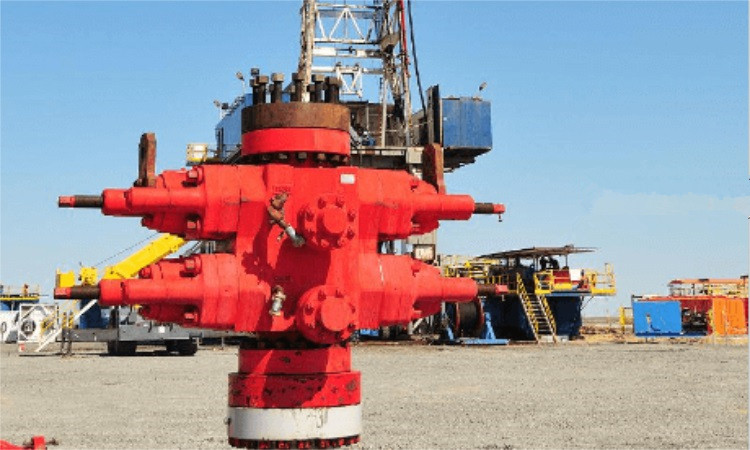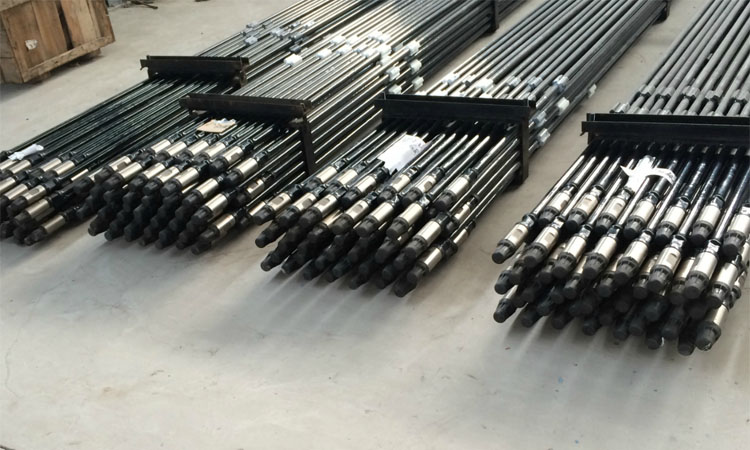What are the commonly used types of oilfield workover rigs? How to choose?
Workover rig also known as workover pulling unit rigs,In the oil and gas industry, workover rigs are used to perform maintenance, repair, or enhancement operations on existing wells. There are various types of workover rigs available, and the selection depends on several factors including the well conditions, operational requirements, and the specific tasks to be performed. Here are some commonly used types of workover rigs:
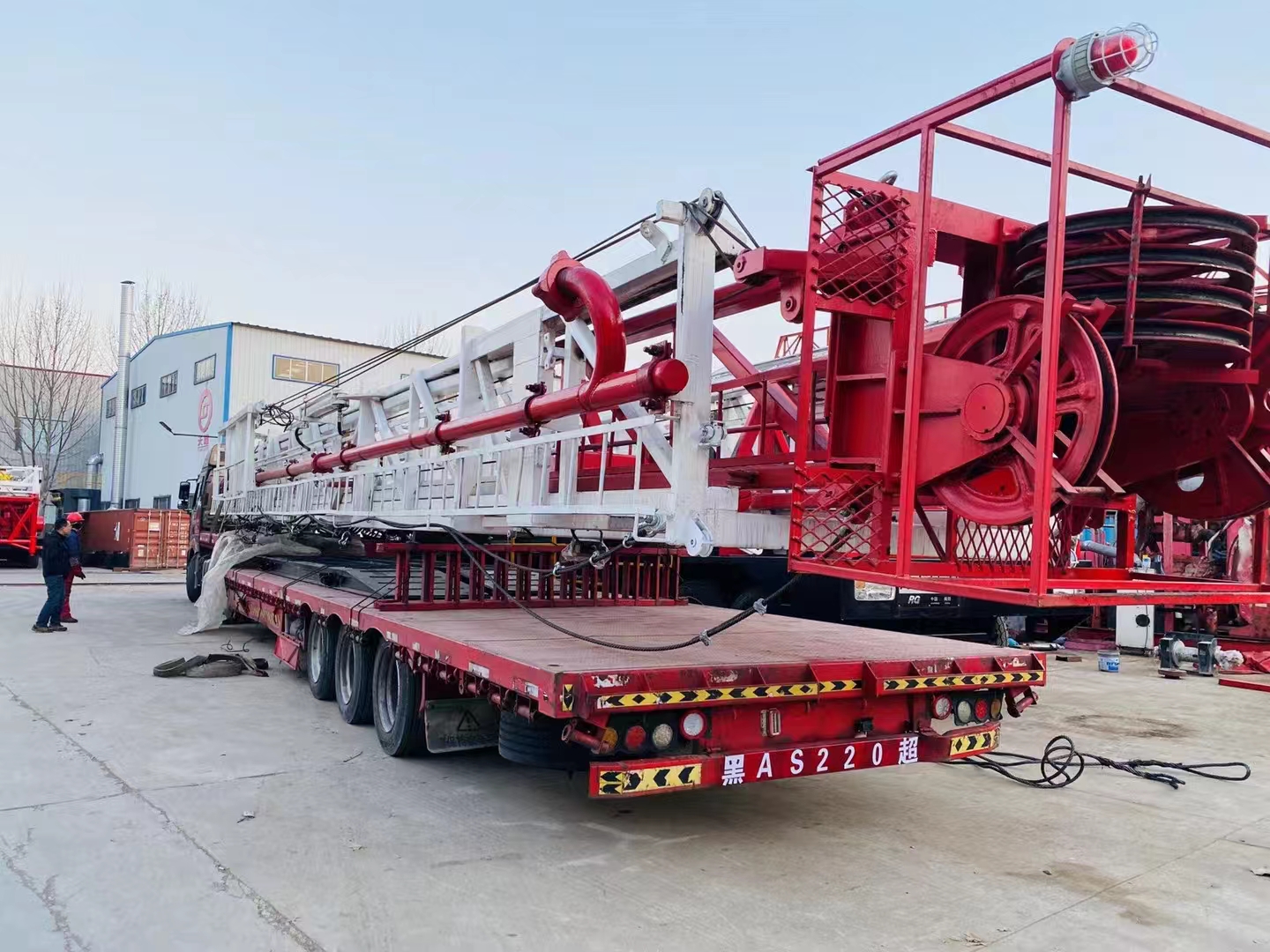
Conventional Workover Rigs: These are the most common type of workover rigs, consisting of a mast and hoisting system to lift and lower equipment into the wellbore. They are versatile and can handle a wide range of workover operations.
Mobile Workover Rigs:These rigs are mounted on trailers or trucks, providing mobility and flexibility to access different well locations. Mobile rigs are suitable for operations in remote areas or when frequent rig relocation is required.
Snubbing Units: Snubbing units are specialized rigs used for well interventions in which pipe is continuously pushed into or pulled out of the well while maintaining well control. Snubbing units are particularly useful in live well situations or when working with highly pressurized wells.
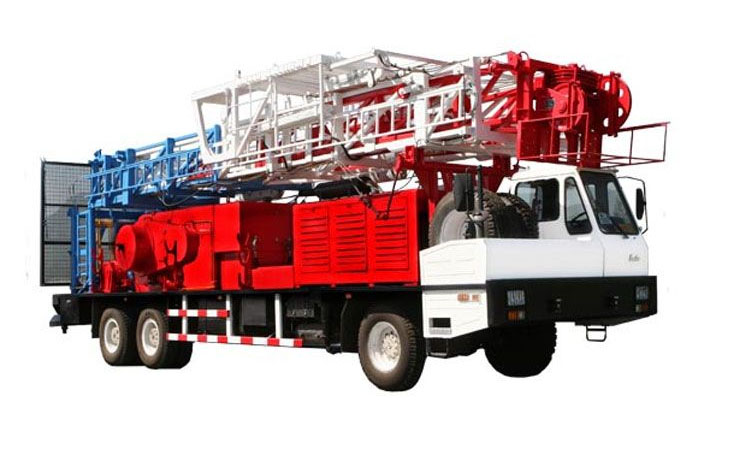
Coil Tubing Units: Coil tubing rigs use a continuous steel tubing spool instead of conventional jointed pipe. They are used for wellbore cleanouts, fluid pumping, acid stimulation, and other operations that require pumping fluids into the well.
Hydraulic Workover Units (HWUs): HWUs utilize hydraulic power to perform well interventions. They are typically compact and suitable for offshore operations or situations where space is limited. HWUs are capable of performing various tasks such as changing completion components and repairing downhole equipment.
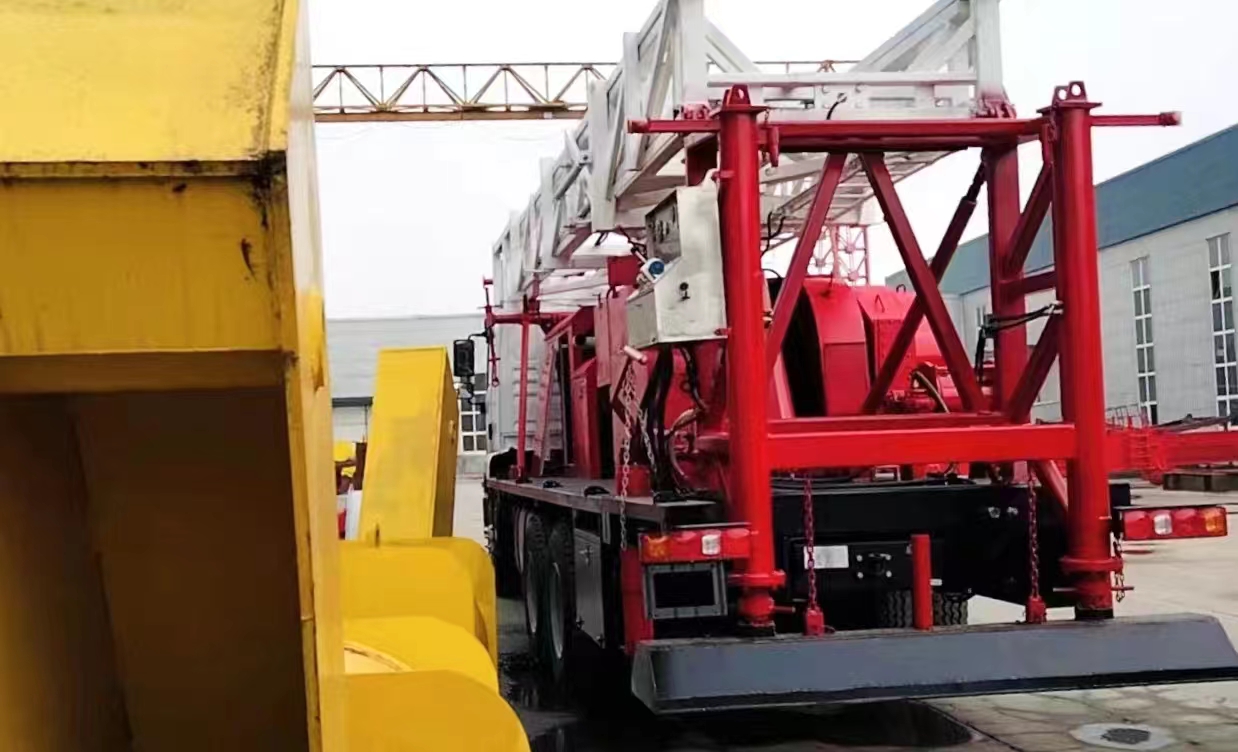
When choosing a workover rig, consider the following factors:
Well Conditions: Assess the well's depth, pressure, and deviation angle. Certain rigs may have limitations regarding well depth or pressure handling capabilities.
Operational Requirements: Determine the specific tasks to be performed, such as pulling tubing, fishing operations, or stimulation treatments. Ensure the selected rig is capable of handling those tasks.
Mobility: Consider the need for rig mobility. If you have multiple well locations or anticipate frequent rig relocations, a mobile workover rig may be preferable.
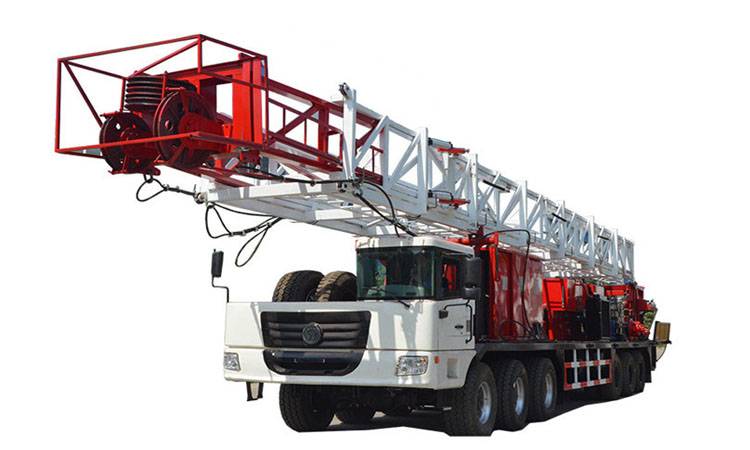
Safety Considerations: Evaluate the safety features and well control capabilities of the rig to ensure compliance with industry standards and regulations.
Equipment Compatibility: Check if the rig is compatible with the necessary downhole tools, tubulars, and surface equipment required for the planned operations.
Cost Considerations: Assess the cost-effectiveness of different rig options based on their capabilities and your operational requirements.
It is advisable to consult with experienced professionals or specialized rig contractors who can provide further guidance on selecting the most suitable workover rig for your specific needs.
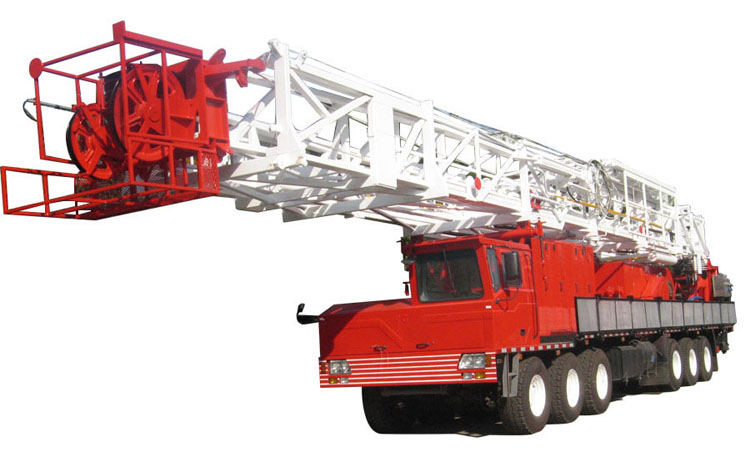
Sino Mechanical's truck mounted workover rig is mechanically and hydraulically driven. Our Truck Mounted Workover Rig has features of featuring high operation load, reliable performance, excellent off-road performance, convenient movement and low operation/moving cost.
Buy high quality Workover rigs from Sino Mechanical. We have in stock Workover Rigs for sale for both onshore as well as offshore Workover purposes at affordable prices. Contact us to get the latest price.

